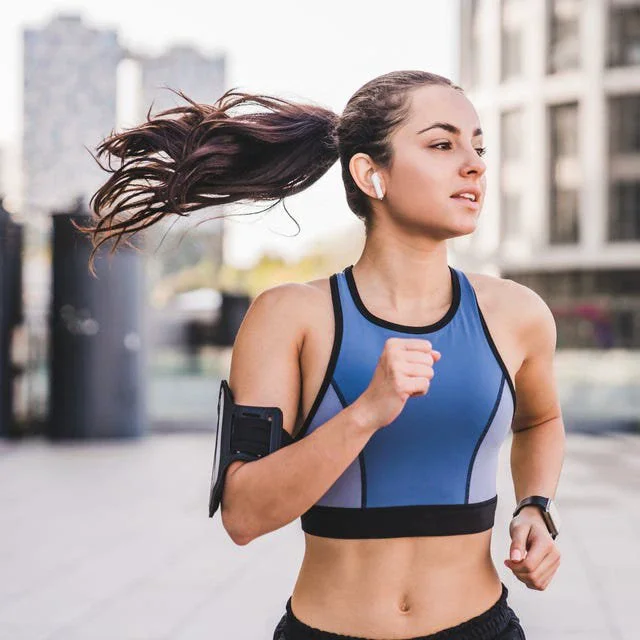
For those of us managing eczema-aka atopic dermatitis-working out can feel like a double-edged sword. On one hand, the exercise can improve mental health, control inflammation, and support circulation for better skin health. On the other, all that heat, sweat, and friction can trigger irritation or flare-ups-and don't even get us started on how activities like swimming, cycling, and running can add to the drama thanks to chlorine exposure and hydration issues.
But we have good news: You don't have to dial back your intensity or find new ways to exercise. Your fave activities can be totally eczema-friendly, says Elyse Love, MD, a New York-based dermatologist whose holistic approach to skin wellness includes fitness. "Movement in general is so beneficial for numerous reasons, including better management of a skin condition like eczema, thanks in part to improved self-esteem and mental health," she adds. "There is a huge quality-of-life impact when eczema is flaring, so it's important to do activities you love and take some preventative steps that can allow you to embrace those while minimizing your flare risk."
We asked experts to share practical strategies to help you stay active and protect your skin-no matter how you work out.
Running, cycling, recreational sports, and cardio
Whether you're hitting the trails, on your bike, or doing a HIIT workout, your eczema can become a drag due to all that sweat and heat. Same goes for other cardio-heavy sports, like volleyball, tennis, pickleball, and soccer.
To reduce irritation while sweating through your favorite sport, Dr. Love recommends the following strategies:
• Prep your skin. Apply a cream-based emollient at least 15 to 20 minutes before your ride or run, so that it absorbs in advance. Sunscreen is another must-have and needs that much time to absorb as well, she adds.
• Wear sweat-wicking fabrics. We're talking shorts, leggings, and tops made from materials like cotton, merino wool, or bamboo. Cotton or silk gloves worn under cycling gloves-or on their own during running or other sports-can also help keep your sweat away from your skin.
• Dress in layers. Wear your sweatpants over shorts and that long-sleeve shirt over a tank top, so you can remove them if you start to overheat.
Cool-Down Care: Shower right after any intense activity to reduce the effects of sweat, says Dr. Love. Follow that up with ample moisturizer.
Swimming
Many people with eczema avoid swimming pools completely over concerns that the chlorine will dry out their skin. But according to Dr. Love, it can actually be beneficial. "Chlorine has antibacterial properties that can help the skin, so we tend to recommend swimming," she says. "It's similar to taking a bath with a little diluted bleach in the water, which can help reduce itching and lower inflammation."
Here's what Dr. Love suggests for swimmers with eczema:
• Apply emollient beforehand. You want a thick layer here, rubbed in at least 20 minutes before you dive in for full absorption.
• Use a gentle sunscreen. If your swim is happening outside in a pool or a lake, apply a mineral-based, fragrance-free formula. Also consider using UV-protectant swimwear or a swim shirt.
• Pick the right gear. Choose silicon-lined goggles and swim caps, which are typically less irritating to the skin than latex or rubber.
Cool-Down Care: Take a shower right after the pool. (Do you sense a theme here?) While that chlorine may be helpful, if it stays on your skin too long it can have a drying effect, says Dr. Love.
Pilates, yoga, and strength training
Unless you're doing heated yoga or adding cardio, both Pilates and yoga tend to be low-impact-think minimal sweat and lower body temperature, very eczema-friendly. Strength training also tends toward a slower pace and less sweat.
"Adding Pilates or yoga to your workout mix can be helpful," says personal trainer Josue Louis. "The combination of gentle movement with focused breathwork can positively affect your emotional state. It can even help regulate body temperature and heart rate."
That said (whomp-whomp), no workout is completely sweat-free. Here are some helpful practices to follow in the studio and gym:
• Protect your hands and feet. When applying pre-exercise emollient, be sure to include your palms and the soles of your feet. Wear Pilates/barre socks to prevent slipping. If you prefer to go barefoot, use a mat with an extra grippy surface.
• Dress like it's hot. Wear layered, sweat-wicking clothes-even in classes classified as restorative or slow-flow.
• Use your own yoga mat. Or bring a large towel that can be placed over the studio's. If using your own, clean it after use with a nontoxic sanitizer spray to prevent bacteria buildup.
• Wipe down equipment. When you're doing strength training in a public space, sanitize benches, weights, machines, and other accessories both before and after usage.
Cool-Down Care: After class, gently pat your skin dry with a soft towel (no rubbing), and apply a moisturizer while your skin is still slightly damp.
Stay active, stay comfortable
Any physical activity can be beneficial for eczema, as long as you're choosing the right clothing and practicing good habits like showering after exercise, says Dr. Love. If you need more advice on strategies specific to your situation, she suggests talking to your dermatologist to put together a workout plan that's best for you.

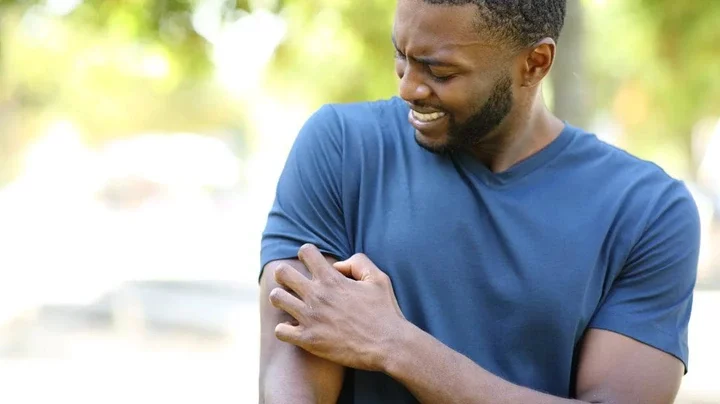
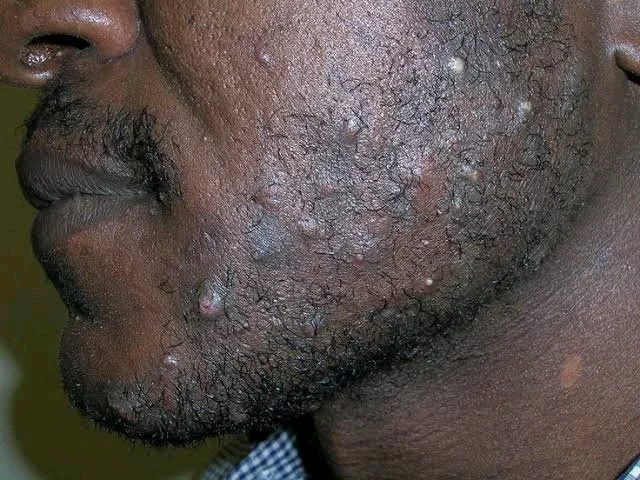


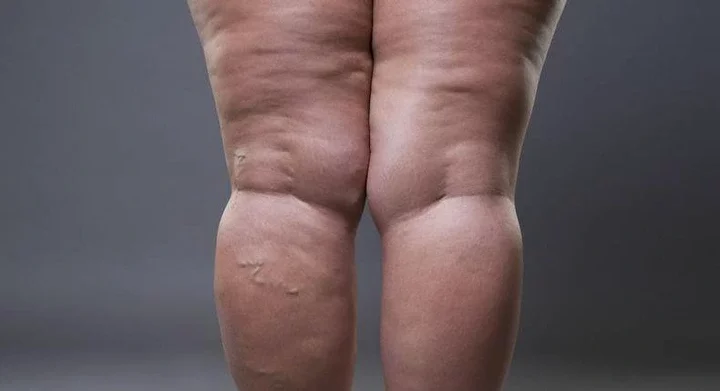
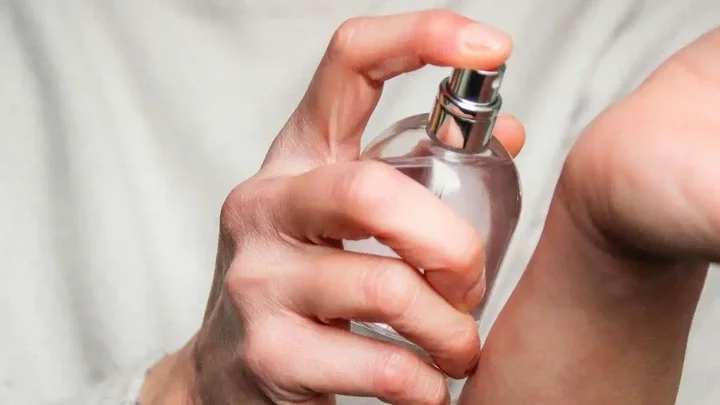










Comments